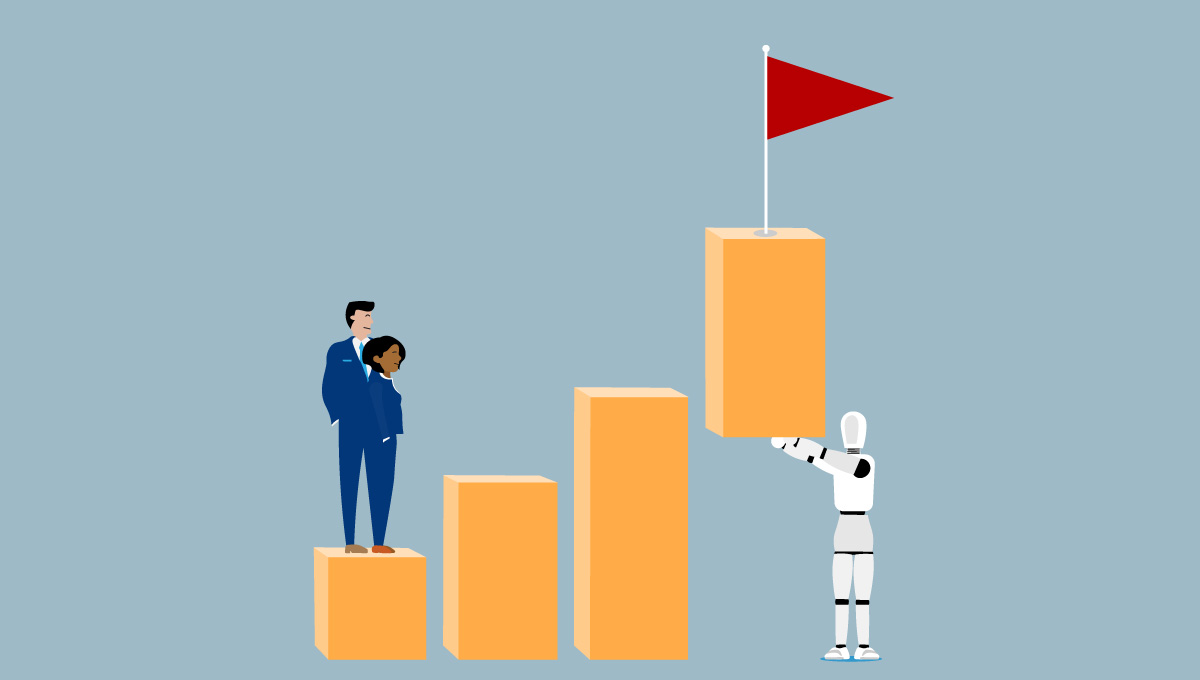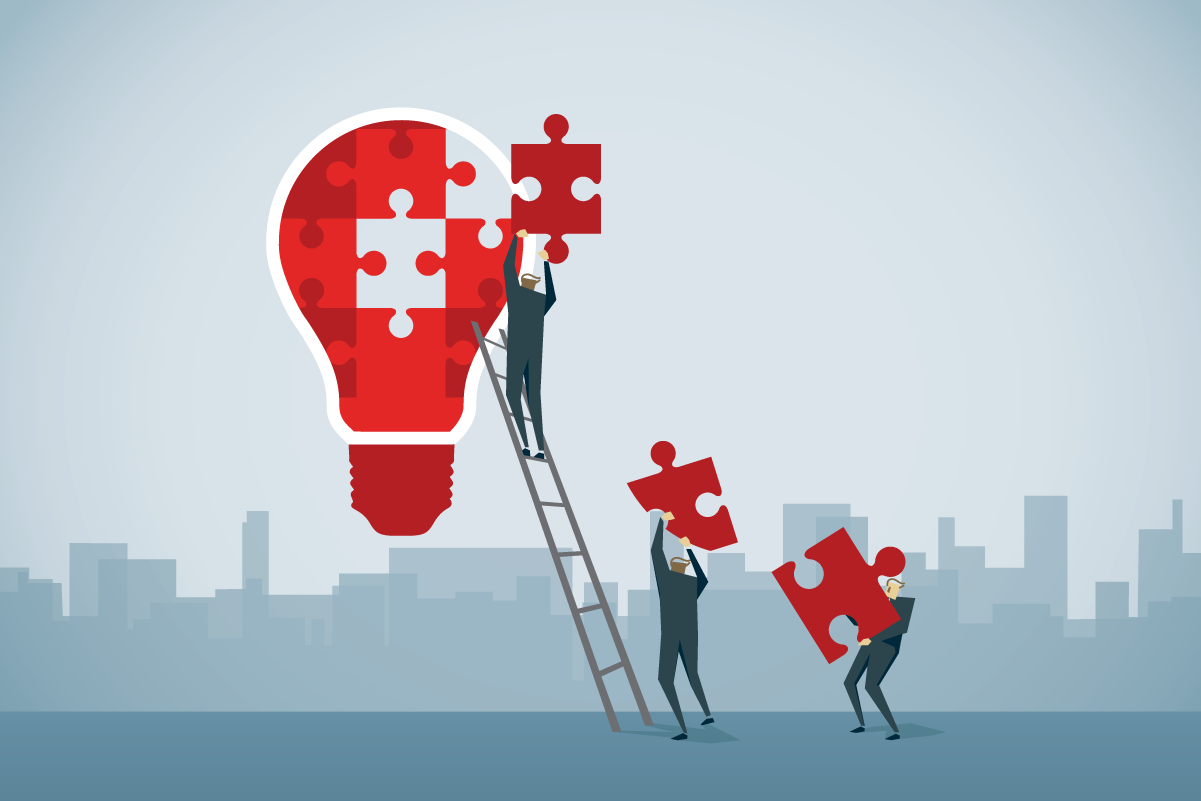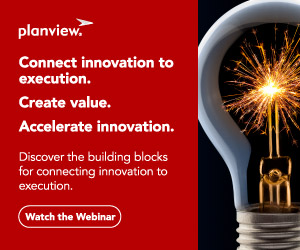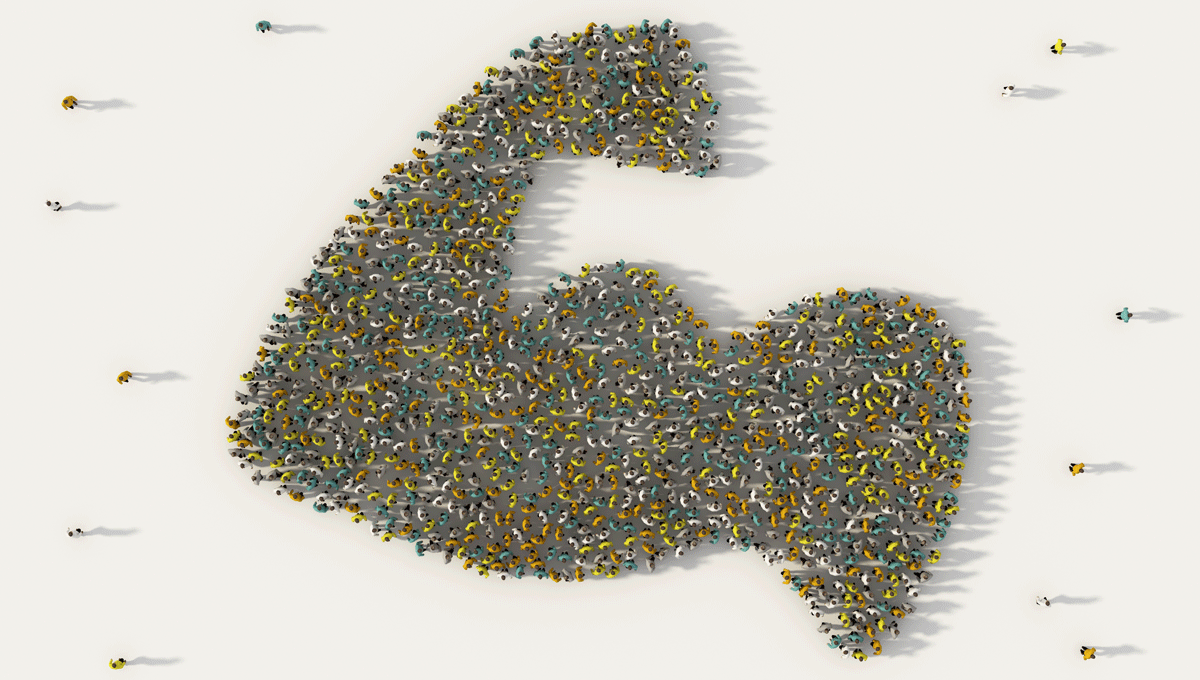
One of the most important decisions people in organizations make on a daily basis at all levels is choosing how to spend resources. The principal question they must ask themselves:
Are we spending time on the most beneficial improvement opportunities?
Intelligent use of resources manifests in improved internal functions, delightful customer experiences, productive partnerships, winning competitive strategies, and other areas. So, what can we do to continuously get better at working on the right things? We’d recommend creating channels for collaboration – crowdsourcing via the web – at all junctures in the work management lifecycle.
Hmmm, crowdsourcing. “Oh, you mean running contests with thousands of people to find ideas to solve a big problem or create a breakthrough.” Well, yes, possibly, but there’s so much more that can be done in big and small ways.
Let’s break down the innovation lifecycle and consider the options for establishing managed internal and external collaboration channels. What might we discover, and how can we get better at resourcing the highest potential improvements?
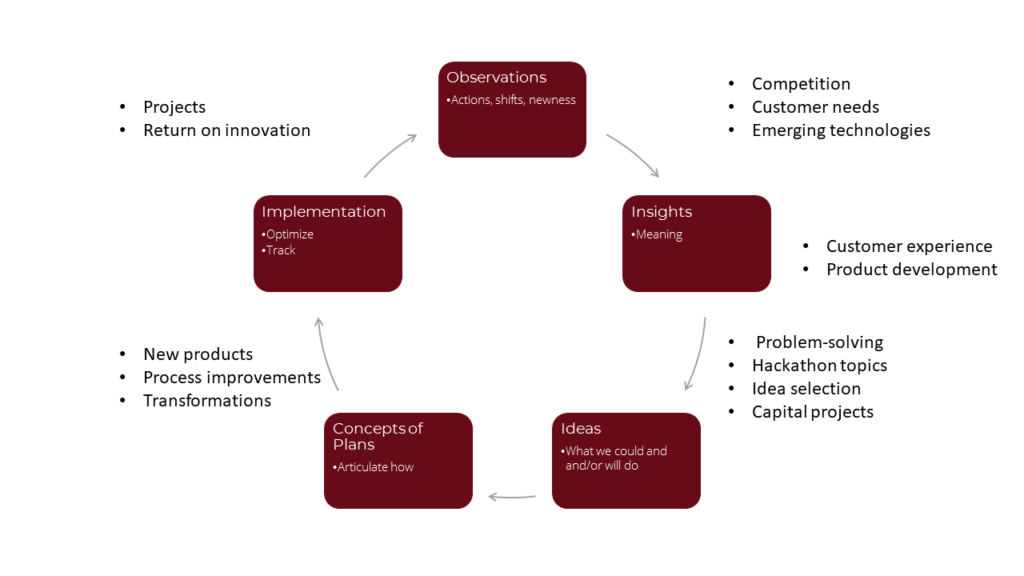
Observations – The Early Detection Channel:
As with personal health, the sooner we recognize and commit to an improvement opportunity, the better our chances of achieving it. Think of new product enhancements or concepts that come from customers, strategic portfolio initiatives, agile process improvements from employees, or innovations from suppliers and partners. These contributors enjoy participating in crowdsourcing at this stage because it is easy.
At the early detection point, you are simply asking for observations and insights, not ideas for solving world hunger. During those observations, your population is given a voice in the future of making things better, and as a bonus, they get visibility for their smarts. The approach of an always-on-radar crowdsourcing site works nicely in this context as long as the process around it is actively managed.
Insights – The “Is it Worth Doing?” Channel:
Now, you have found something that your collective intelligence and intuition say seems promising. So what does that mean? Have we articulated it in a way that prompts a decisive resourcing commitment? Maybe the “crowd” can help us with more facts and opinions so we can understand key considerations like:
- Severity of need
- Benefits being missed
- Requirements for a solution
- Previous attempts at resolution
- Potential barriers
- Ecosystem and players
- Intellectual origin of the idea
- Relevance to strategic initiatives
- Dimensions of the problem/opportunity
With all that information, an intelligent, data-driven go/no-go decision becomes much more manageable.
A timed “drill-down” crowdsourcing exercise on some promising improvements, hosted virtually, live, or a mix of both, would likely build out these dimensions effectively.
Ideas – The “What Could We Do?” Channel:
This is the creative thinking part. Many improvements that get actioned come from the fringes, the people who have their hands on the work and are not wedded to a set way of thinking.
For example, jet engineers hesitate to change an 8-hour rigorous engine maintenance procedure. Still, a personal assistant might be far enough removed to envision a way of diagnosing engine problems within an hour.
Moving forward, others in the crowd, like an engineering manager, can help shepherd the implementation of a solution. Individuals can naturally excel at ideation, but facilitation also helps. A well-orchestrated, timed collaboration with thought-starter content and inspiring presenters, as well as engaging moderators and creative thinking tips, can grease the wheels of creativity.
Plans – The “What Will We Do?” Channel:
Time for critical assessment and decision-making, a different skill set from ideation.
Typical potholes like groupthink, deferring to an influential leader, being unclear on how decisions will be made, using invalid criteria, and others can be avoided by amalgamating individual choices. In the same way we use crowdsourcing to generate ideas and choose the best ones, we can set up a criteria-based scoring system that collects individual judgments on opportunities. Now that we have quantitative data to accompany the qualitative data we have previously collected on every idea with potential, we can easily average the ratings to find opportunities that offer the most significant returns and best align with our goals.
Depending on the circumstances, often a ranked list with arguments supporting the scoring may solve any debates on what to pursue (trust the process). In any case, this data will have value in informing further discussions and secondary decision-making efforts.
Implementation – The “How Will We Achieve the Innovation? Channel:
This is where the functional expertise and experience of the community shine. Crowdsourcing at this stage is focused on practical strategies for how to do the work. We are now combining ideation with critical assessment. We must collectively figure out an effective and possibly efficient plan.
To help guide the group, boundaries will be important –they actually help ideation. Some limitations to consider might include:
- What measurable goals does the solution need to deliver?
- Which resources are in play, and which are not?
- When do we need to deliver?
- What’s the use case, and who are the actors/stakeholders?
- Can we break apart the components of the innovation to make it easier to create?
A well-designed and delivered crowdsourcing exercise at this stage can bridge the gap between promise and delivery.
Crowdsourced Innovation in Action
One Planview customer has reduced by 80 percent the time required to analyze, select, and deliver new product ideas by practicing crowdsourcing throughout the innovation lifecycle. Of equal importance is the impact this new approach to innovation has had on promoting a more collaborative, aligned, and engaged employee population. In short—it is helping them build an organizational-wide culture of innovation.
Collaboration doesn’t have to be complicated; it just needs a little careful facilitation. With a diverse set of brains engaged, the chances of working on the right things and doing them well only increase.
Click here to learn how your organization can reap the benefits that come with a community highly engaged in finding the best ways to connect ideas to execution and impact.
